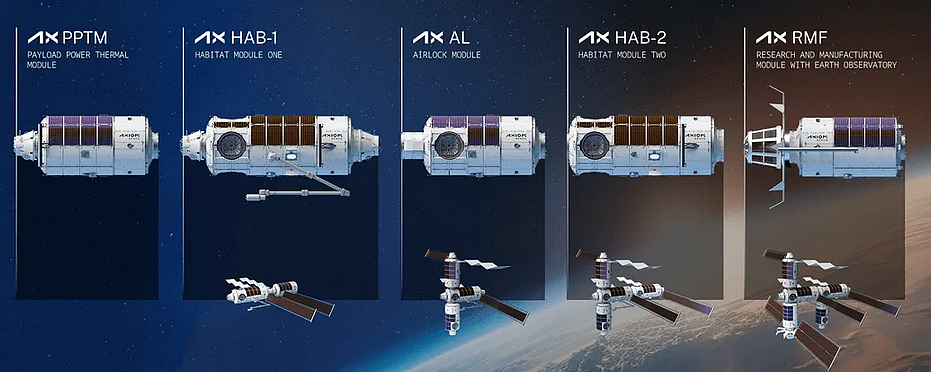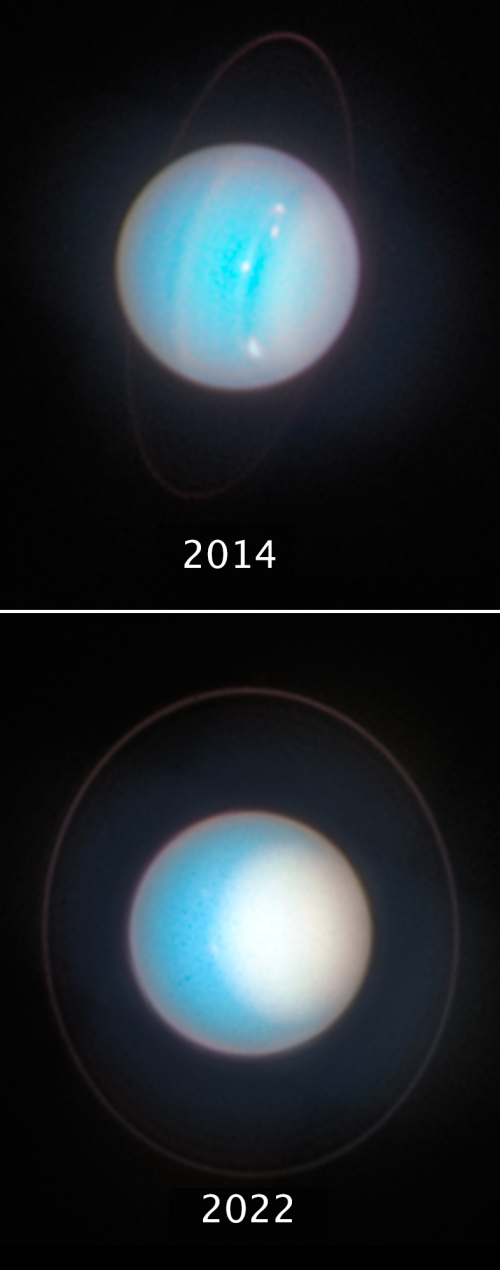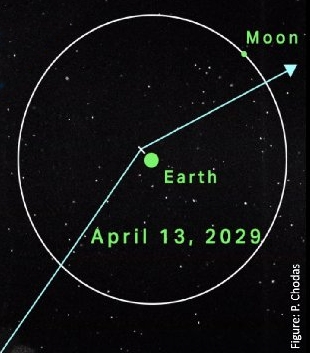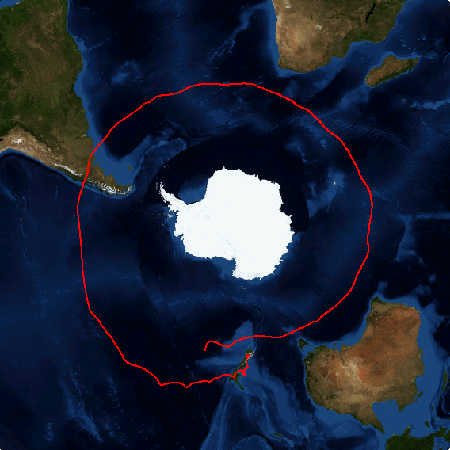Isaacman hints of future space plans
In receiving an award from a space advocacy group on June 21, 2025, billionaire Jared Isaacman hinted that his future space-related plans could include working with science organizations to finance scientific probes.
[Had he become NASA administrator he had wanted] NASA to partner with academic organizations on missions where such organizations would have had a bigger role in funding. “My priorities would have been leadership in space and the orbital economy,” he said, “and trying to introduce a concept where NASA could help enable others to conduct interesting scientific missions, getting academic organizations to contribute.”
That was something he said he might be interested in pursuing outside the agency. “I wouldn’t mind maybe trying to put that to a test and see if you could fund an interesting robotic mission, just to show that it can be done, and try and get some of the top tier academic institutions who want to perform. So that’s on my mind.”
He also indicated that he generally has no problem with the Trump administration’s proposed NASA cuts, noting that such academic organizations need to figure out how to work with less money.
Despite this statement, it appears he is still unsure of what he will do next in space. He has not restarted his Polaris Dawn manned program — suspended when he was nominated to become NASA administrator — and has said that right now he is more focused taking advantage of this unexpected break from work to spend more time with his family.
In receiving an award from a space advocacy group on June 21, 2025, billionaire Jared Isaacman hinted that his future space-related plans could include working with science organizations to finance scientific probes.
[Had he become NASA administrator he had wanted] NASA to partner with academic organizations on missions where such organizations would have had a bigger role in funding. “My priorities would have been leadership in space and the orbital economy,” he said, “and trying to introduce a concept where NASA could help enable others to conduct interesting scientific missions, getting academic organizations to contribute.”
That was something he said he might be interested in pursuing outside the agency. “I wouldn’t mind maybe trying to put that to a test and see if you could fund an interesting robotic mission, just to show that it can be done, and try and get some of the top tier academic institutions who want to perform. So that’s on my mind.”
He also indicated that he generally has no problem with the Trump administration’s proposed NASA cuts, noting that such academic organizations need to figure out how to work with less money.
Despite this statement, it appears he is still unsure of what he will do next in space. He has not restarted his Polaris Dawn manned program — suspended when he was nominated to become NASA administrator — and has said that right now he is more focused taking advantage of this unexpected break from work to spend more time with his family.














